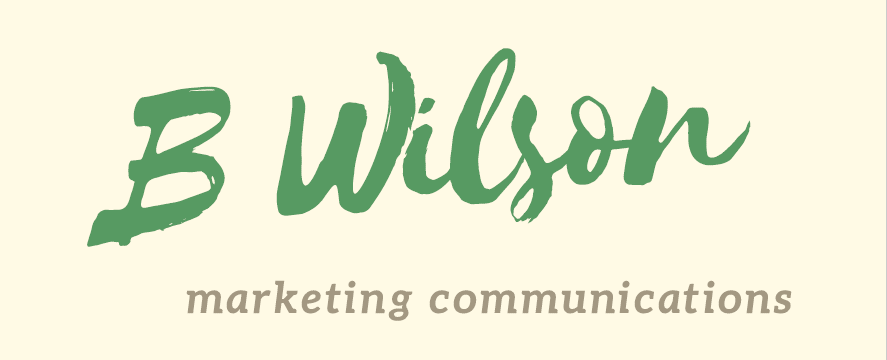
Here’s to the true warriors of the content marketing world. These writers aren’t creating marketing content about sexy topics like sports cars or lingerie. They write about things like IT hardware components, manufacturing processes, and network security—and they make them sound interesting. These writers aren’t just pounding out listicles full of product features and how-to tips. They find ways to strike a chord with their readers that makes them think, “I really need that.”
What’s the Secret?
A few years ago, Google and the CEB (now Gartner) Marketing Leadership Council worked with marketing research firm Motista to investigate whether emotion plays a part in B2B marketing. The research showed “B2B customers are significantly more emotionally connected to their vendors and service providers than consumers.” Researchers concluded that business-to-business marketers need to appeal to emotions rather than just logic.
It’s understandable. B2B marketing content addresses people in a whole different place than people shopping for a sports car or lingerie. A B2B audience is looking for solutions that deliver results, help them stay competitive in a changing market, and maybe even preserve their livelihood. The stakes—and emotions—run higher.
B2B Marketing Content Targets Real People
There’s no need to use an emotionless, Vulcan, logic-only approach when writing B2B marketing content. Granted, the way you use traditional advertising appeals may differ a bit. Develop a thorough understanding of your audience and tailor your approach. Consider these examples of how to appeal to and connect with your audience on an emotional level:
Fear: New competition, technology disruption, and demands for faster fulfillment are all very real threats to a business. You don’t necessarily want to strike terror into your audience’s hearts with doomsday content, although we’ve all seen it. It may be a better tack to acknowledge the problem, educate your audience about it, and offer advice or solutions that will help them overcome that fear.
Bandwagon: In business-to-consumer marketing, you want to show people how they’ll be one of the cool kids if they use your product. In B2B content marketing, though, it’s not about being one of the gang. It’s about not falling behind. Better yet, let them in on a secret that can give them an edge over the rest of the crowd.
Humor: If it’s appropriate for your brand, injecting a little humor can add appeal. Making someone smile reminds readers that your company is made up of humans, and it’s easier to connect with humans than with a list of product features.
Trust: Is your company rock-steady with loyal customers who view you as a knowledgeable resource? Remind your audience that you honor your commitments, and they’ll have comfort when they put their trust in you.
Time to Evaluate … and Edit
Take a critical look at the last blog you posted to determine whether it appeals to your target audience’s emotions. Note: subtlety and suggestion don’t count. It may be obvious to you that your product or service solves an industry challenge, but you need to connect the dots for your audience and tell the whole story.
Explain that you understand their challenges and pain points and that working with you can make running their businesses easier and more profitable. Calm their fears, show them how to get an edge, and let them know they’re working with people they can trust. Your advice can empower readers and maybe even elevate them to hero status for solving problems. Your marketing content should convey that working with your company will mean empowerment, competitiveness, and success—and those are great feelings to have.
